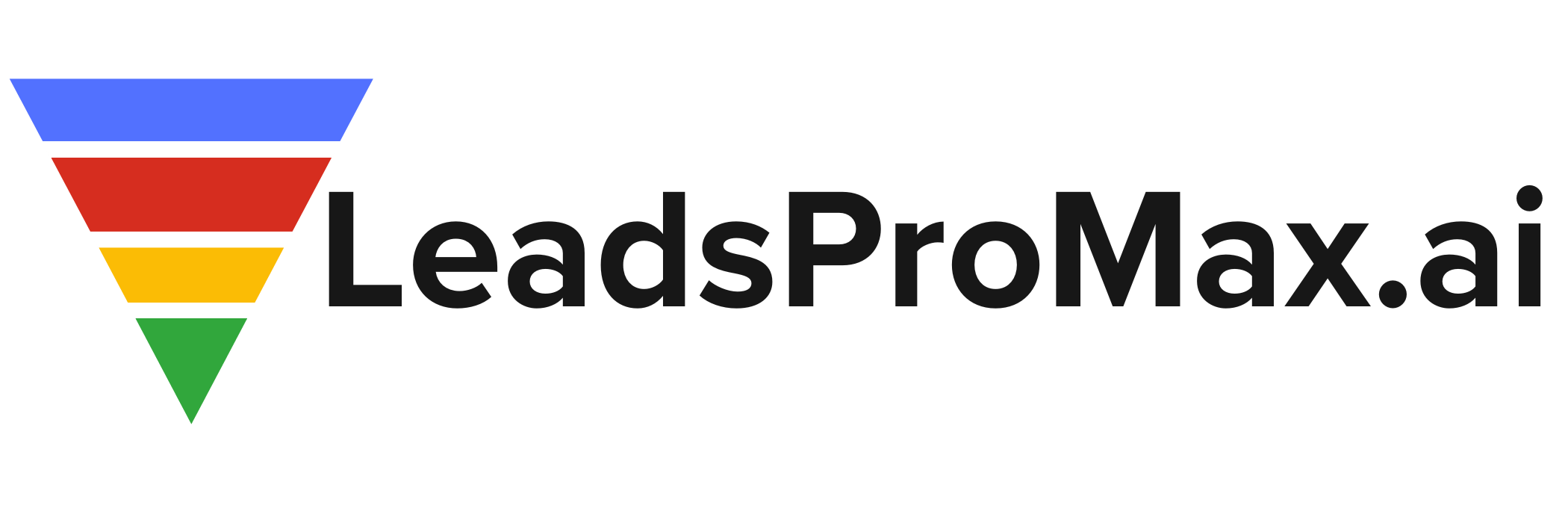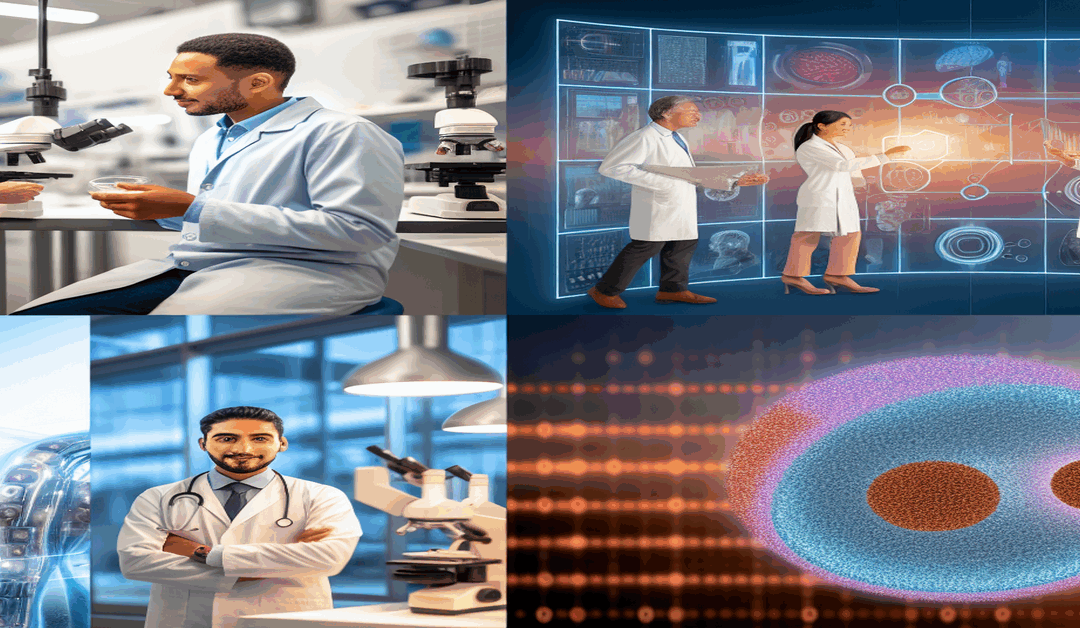The Transformative Power of AI in Life Science Analytics: Driving Innovation and Growth
The life science industry is on the cusp of a revolutionary transformation, driven by the rapid advancements in artificial intelligence (AI) and deep learning technologies. As the world of healthcare and pharmaceuticals continues to evolve, the integration of AI in life science analytics is emerging as a game-changer, promising to streamline workflows, enhance data-driven decision-making, and accelerate the pace of innovation.
A Burgeoning Market with Immense Potential
Recent market projections paint a compelling picture of the future of AI in life science analytics. According to a report by The Research Insights, the global AI in life science analytics market is expected to reach approximately USD 3.6 billion by 2030, growing at an impressive compound annual growth rate (CAGR) of about 10.9% from 2024 to 2030[4]. This remarkable growth is fueled by several key factors, including the increasing number of clinical trials and drug discovery initiatives, a growing focus on rare diseases, and the expanding adoption of AI tools by healthcare institutions.
Driving Forces Behind the AI Revolution
The surge in AI adoption within the life science analytics domain is propelled by a confluence of factors. Firstly, the increasing volume and complexity of healthcare data, ranging from clinical trials and electronic health records to genomics and real-world evidence, necessitates the use of advanced analytics tools to extract meaningful insights. AI-powered solutions offer the ability to process and analyze vast amounts of data efficiently, enabling researchers and healthcare professionals to uncover patterns, identify trends, and make data-driven decisions.
Secondly, the rapid advancements in AI and deep learning technologies have made it possible to develop sophisticated algorithms and models that can learn from data, adapt to new information, and generate accurate predictions. These cutting-edge tools are revolutionizing various aspects of life science analytics, from drug discovery and clinical trial design to patient stratification and personalized medicine.
Real-World Applications and Success Stories
The transformative potential of AI in life science analytics is already being realized by forward-thinking organizations. One notable example is Trinity‘s upcoming launch of “Brand Insights AI” in 2024[4]. This innovative tool is designed to assist biopharmaceutical companies in efficiently generating and refining market research insights by leveraging the power of AI. By combining domain expertise with cutting-edge technology, Trinity aims to streamline the market research process and provide actionable insights to drive business growth.
The Broader Landscape of Life Science Analytics
While AI is undoubtedly a key driver of innovation in life science analytics, it is important to consider the broader market landscape. The life science analytics market, which encompasses AI applications and other advanced analytics technologies, is poised for significant growth in the coming years. Forecasts suggest that this market will reach around USD 68.8 billion globally by 2030, growing at a CAGR of approximately 11.4% from 2025 to 2030[2][5].
The expansion of the life science analytics market is driven by several factors, including the rising need to standardize and integrate diverse data sources, technological advances such as quantum computing and cloud-based analytics, and a growing emphasis on value-based care and personalized medicine. These trends are fueling the demand for advanced analytics solutions that can help organizations harness the power of big data to improve patient outcomes, optimize research and development processes, and drive operational efficiency.
Navigating Challenges and Looking Ahead
Despite the immense potential of AI in life science analytics, challenges remain. Data integration difficulties, a shortage of skilled professionals, and hesitancy in adopting new technologies, particularly in emerging economies, are some of the hurdles that need to be addressed[5]. However, as the industry continues to evolve and mature, it is expected that these challenges will be gradually overcome through collaborative efforts, training initiatives, and the development of more user-friendly and accessible AI tools.
As we look ahead, the future of AI in life science analytics looks incredibly promising. With the AI segment alone forecasted to near USD 3.6 billion by 2030 and the entire life science analytics market reaching nearly USD 69 billion[4][5], it is evident that this field is poised for significant growth and innovation. The transformative power of AI will continue to reshape drug discovery, clinical trials, regulatory compliance, and pharmacovigilance, enabling healthcare organizations to make more informed decisions, accelerate the development of life-saving treatments, and ultimately improve patient outcomes.
#LifeScienceAnalytics #ArtificialIntelligence #InnovationInHealthcare
-> Original article and inspiration provided by The Research Insights
-> Connect with one of our AI Strategists today at ReviewAgent.ai

